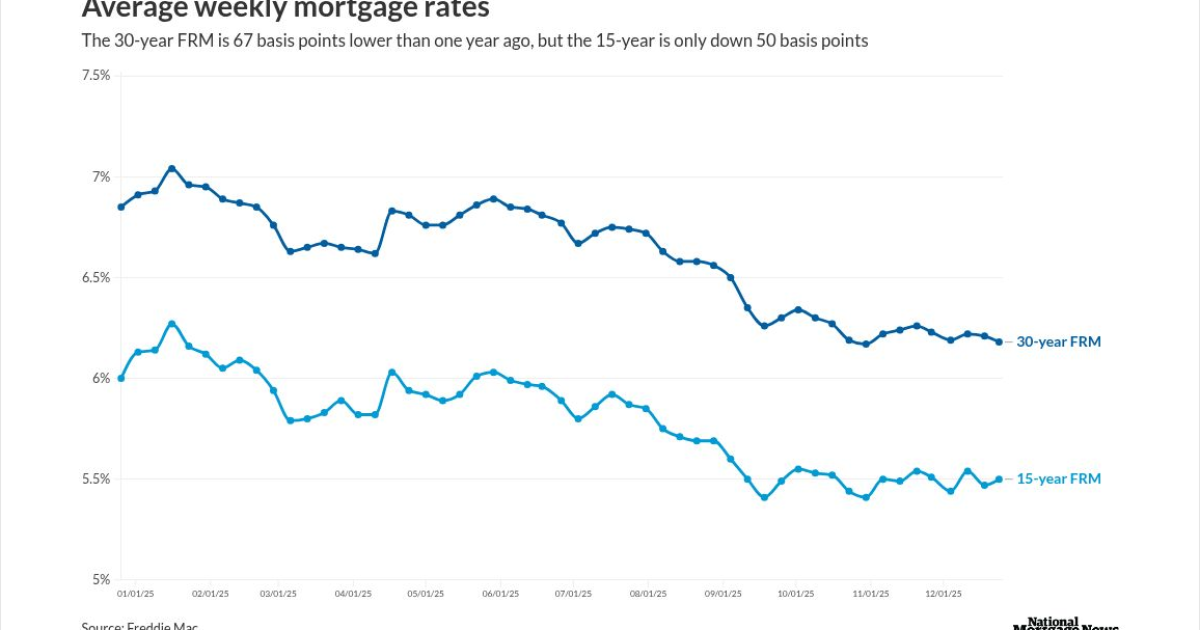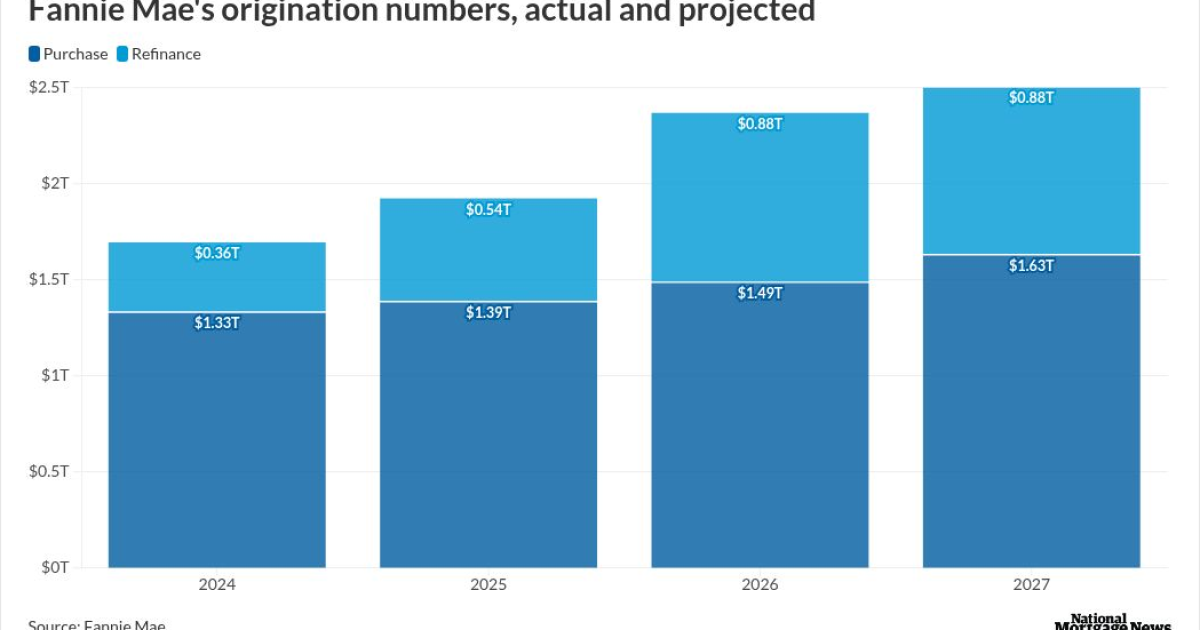
Further efficiencies that could aid servicers were among ideas floated.
Housing finance companies are still looking for more ways to avoid delays in processing
"This goes largely unnoticed in the general population, but when a customer goes delinquent, it's actually the servicer that's paying," he said.
One way to address these concerns is to get loans back to paying status as quickly as possible.
Moderator Michael Neal, a senior fellow at the institute, raised the question of whether
"We definitely are big fans of this concept of a reserve account or some vehicle for money to be available when a borrower hits a road bump, whether it's a loss of income, or a new, unexpected expense," said Meg Burns, executive vice president at the Housing Policy Council.
However, developing rules for MRAs can be complicated, she added.
"The challenges with it are more on the administrative side. How does it get set up? What is the funding source? Who is administering it and under what circumstance can it be tapped?" Burns asked.
One alternative could be to explore whether the Federal Housing Administration's insurance fund could be tapped at the end of a forbearance period.
"Maybe there's a way to do that without creating a subordinate lien? Maybe there's a way that money could be sort of set aside for repayment to FHA at the time of pay-off of the loan," she said.
However, avoiding these types of administrative challenges may be easier said than done because there are limits and nuances to the degree to which standardization is possible or is both effective and efficient.
While entities like the government-sponsored enterprises have been able to allow deferred payments without having to record such liens, some agencies couldn't do it without congressional intervention.
"The outcomes for the borrowers are generally the same from the various programs that they offer, but the programs themselves are not the same, and that introduces a level of inefficiency and cost to servicers," Burns said.
While research done to date indicates forbearance and deferrals had a good performance track record, there's debate about whether it's efficient to always offer them first, particularly whether it's clear early on that a borrower has a long-term hardship likely to require modification.
That's among the reasons why decisions were made to continue requiring borrower contact rather than the kind of "automatic" forbearance considered at one point early in the pandemic.
However, consumer and civil rights advocates at the event would like to see more aggressive efforts to prevent foreclosure, which challenges efforts to reduce the racial gap in homeownership in addition to hurting loan performance in ways that are costly to servicers.
"Our families are still reeling from the impacts of the economic shock of the pandemic," said Michael Collins, vice president of housing and financial capability at the National Urban League.
"We cannot, as an agency, foster intergenerational wealth through our work if we are not ensuring that the over 20,000 clients we serve annually can not only achieve but maintain and ultimately benefit from the largest driver of household wealth," he added.
While some aspects of loan performance are currently favorable, there are several other market conditions that are currently challenging borrowers' ability to recover from foreclosures, said Steve Sharpe, senior attorney at the National Consumer Law Center.
"Consumers have the benefit of historic low interest rates but they often lose that benefit through foreclosure, and the rental market is so broken in so many places that we really, through foreclosure, also face the possibility of homelessness," Sharpe said.
Panelists also considered how takeaways from the pandemic experience could result in giving consumers more of them more access to sustainable homeownership.
A takeaway for underwriting?
Performance improvements from pandemic forbearance and deferrals could theoretically justify broader underwriting, Laurie Goodman, a fellow in the Urban Institute's Housing Finance Policy Center, told attendees, reprising a finding from
"The 46% decline in the transition rate from serious delinquency to liquidation is huge, it gives us the opportunity to expand the front end of the credit box," she said.
The study, which the Robert Wood Johnson Foundation funded, analyzed Fannie Mae data with the aim of examining how forbearance and deferrals affected single-family borrowers with serious delinquencies. It then considered the potential for related credit expansion..
The report compares pandemic performance to the average 23% transition rate from serious delinquency to foreclosure or liquidation as of 2016. As of 2023's second quarter, the average was 15% for loans without forbearance in early pandemic-era 2020 and 3% for those with it.
Loans defined as liquidated or in foreclosure included those at least six months delinquent. Mortgages that were prepaid, current or less than six months late were excluded from the foreclosure/liquidation category.
In a rough estimate of what could be done within one subset of loans, the report applied potential savings from performance improvement to credit scores of 700 or lower and loan-to-value ratios above 90% and found it may justify the addition of more than 300,000 loans.
The study acknowledges further research would likely be required to actually make underwriting changes based on performance.
For example, if a government-related loan buyer like Fannie or its competitor, Freddie Mac, wanted to consider such a change, they'd likely have to look at the cost of forbearance and deferrals, for example. The "back of the envelope" estimate for this was 24% of the savings.
"You're not going to expand the front end of the credit box by a full 46%, but it does suggest there is a lot of room to expand," Goodman said.



